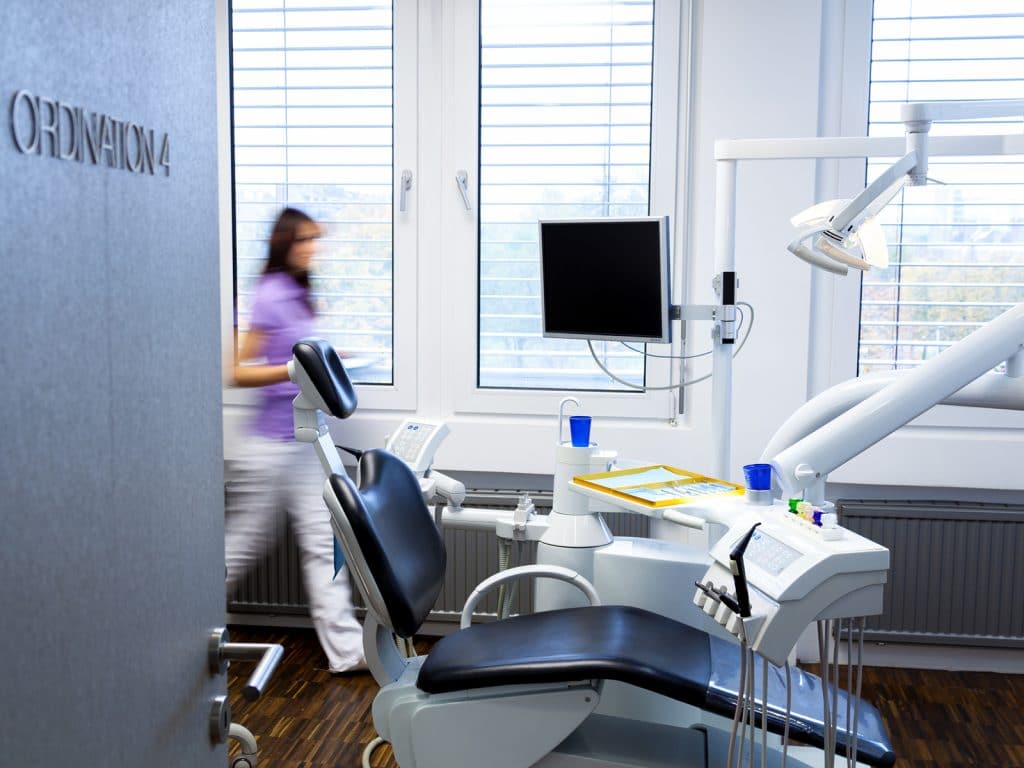
Overhead expenses are expenses that are either constant, variable, or semi-variable in nature and are not directly related to a company's product or service. Rent, administrative expenditures, and employee pay are a few examples of overhead expenses to consider.
Overhead plays a key role in dental offices. It’s reported that the average overhead of a dental office is around 75% of revenue, which means the net income of the dentist is only 25% of the total revenue. Doesn’t it sound unfortunate!
Earlier, dentists never used to pay deep attention to the overhead expenses. But, with growing competition, low insurance reimbursements, and increasing expenditures, paying good attention to the overhead has become very essential for dental offices.
Reducing overhead costs by placing an efficient and managed system can solve a lot of overhead worries for dentists. In this article, let’s have a look at how dental offices should plan and manage their overhead.
How to plan an overhead?
It’s very important to follow a systematic approach while monitoring overhead. You can start with creating a list of all the expenses that are made in a month. Considerable important overhead elements are monthly rent, gas & electricity, supplies and lab costs, accounting, marketing, and equipment, as well as any other investments. Out of the total expenditure that is made, you can divide all the expenditures into several categories.
The most appropriate place to start is with an examination of the categories with the highest percentages of income. This will help in pointing out where the maximum expenditure goes. Also, consider the fact that if the overhead sums up to 60% of practice revenue, then the profit that you earn will be 40%. It’s important to draw a line between expenditures and profit.
Measure the profit and loss statement
Keeping a check on profit and loss (P&L) is very important to prevent losses. Always study your P&L statement by considering several spending categories. You can consider these categories or introduce any as per your requirements: rent, employee benefits, and salary, variable dental costs, facility and equipment costs, marketing expenditures, wear and tear costs, and other company expenses.
It is important to note that reducing overhead should not come at the price of reducing the quality of services.
Offering premium services is a part of the investment dentists makes to retain their clients on a long-term basis which in return generates profits!
Overhead plays a significant role in determining the profitability of a practice. You must pay close attention to the overhead on a monthly and annual basis in order to comprehend the full impact on the operation of your dental office. The overhead analysis will assist practice managers in making the decisions that will keep expenses under control and ensure the continued success of the dental office.
Controlling overhead represents one of the most effective ways for dentists to increase the amount of money they earn from their operations. By using a systematic approach to waste elimination and cost reduction, dental offices can transform their practices into more viable commercial organizations.